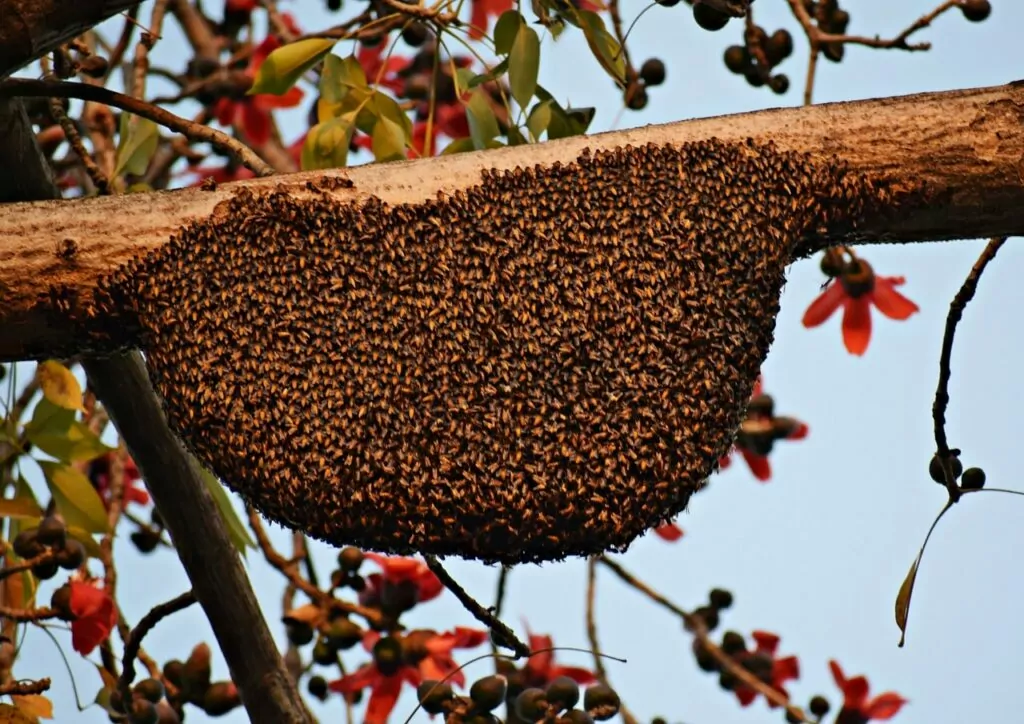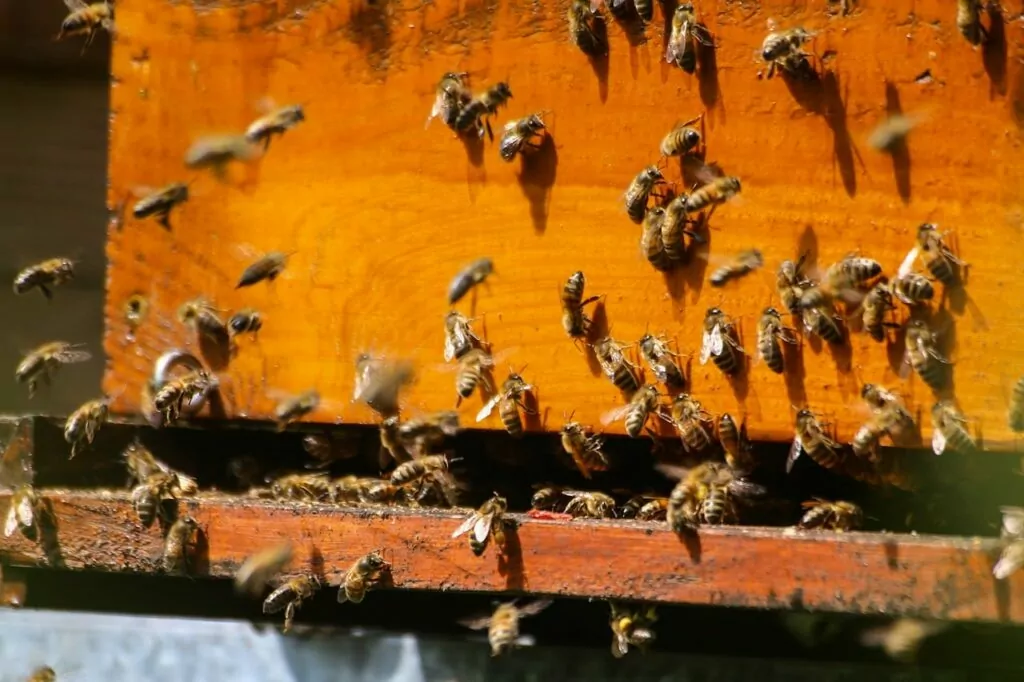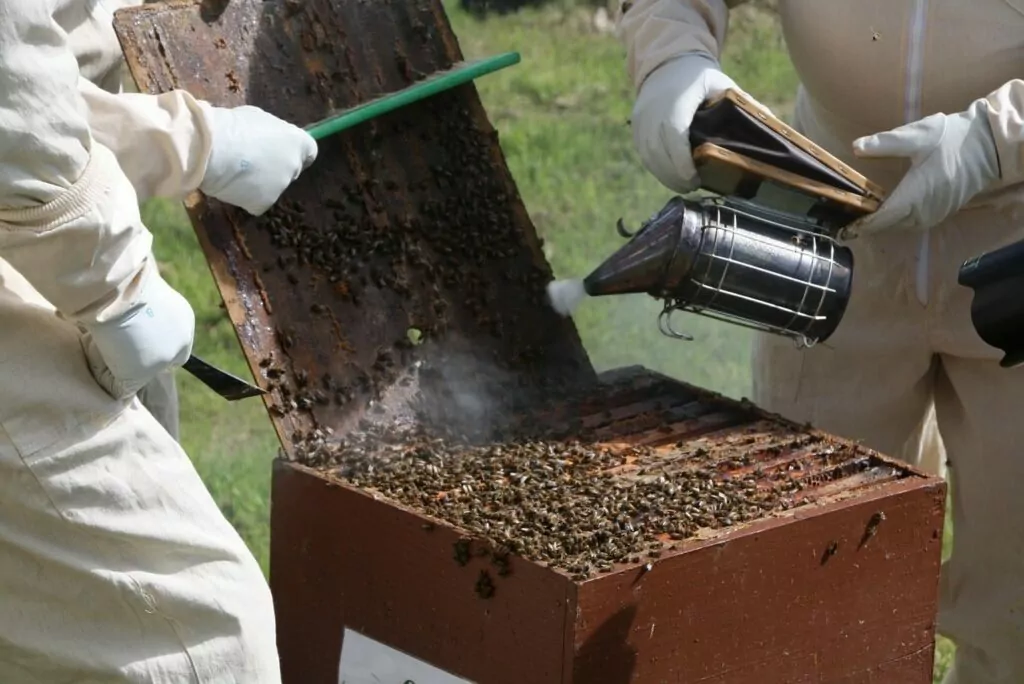Bees are amazing creatures; they pollinate our food crops and make the sweet honey we love.
However, these stinging insects can be a real nuisance, especially in the summer months. And even though bees are beneficial, some people have valid reasons to want them gone.
But does bleach kill bees? You might also be wondering the same thing if you’re thinking of using it to disinfect hive equipment.
Keep reading to find out if liquid bleach can tackle bee infestations and discover natural repellents you can use instead. Plus, learn how to use chlorine to clean your beehive frames and tools.
Is Bleach Bad for Bees?
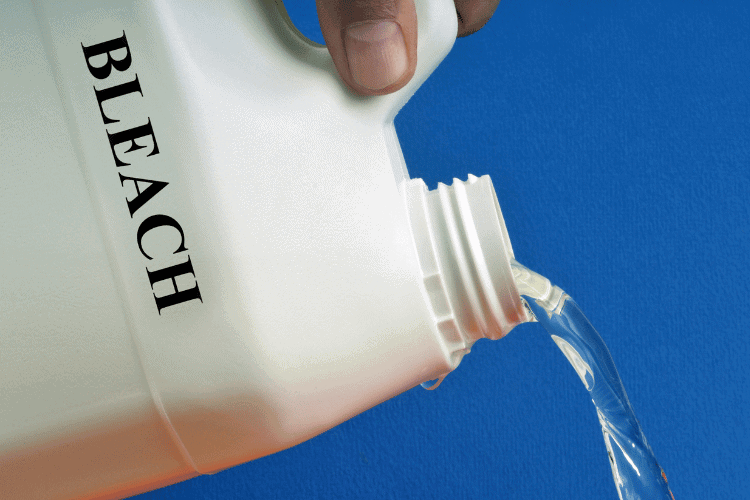
Bleach is a common household cleaner with sodium hypochlorite as the active ingredient. Some bleach solutions contain chlorine or hydrogen peroxide, while the powder form contains calcium hypochlorite.
While bleach is a strong chemical, it’s not an effective bee repellent. Some beekeepers even mix chlorine bleach with sugar water to prevent it from spoiling, and bees don’t mind.
Like other insects, bees are equipped with exoskeletons, which are hard outer shells protected by a waxy layer. This natural covering provides a waterproof barrier, keeping bees safe from bleach.
Bees also have millions of stiff hairs used to collect and brush off pollens. Their furry legs and bodies can trap and shake off mists of chlorines.
Now, liquid bleach can take out ground bees, but honestly, it’s a bit of overkill.
Plain water or any liquid could get the job done because it’s not really the chemicals doing the dirty work. It’s drowning that’ll do them in.
What Household Products Can Kill Bees?
If you’re keen on killing bees, use soapy water in a spray bottle.
Bees breathe through tiny holes called spiracles, connected to tubes that swap oxygen and carbon dioxide.
Normally, the surface tension of water will prevent it from entering the spiracles. Since dish soap is a surfactant—a chemical agent that breaks down surface tension—it allows water to penetrate these openings, suffocating the bees.
Alternatively, you can use glass and tile cleaners to get rid of bees for good. These cleaning liquids contain surface-active ingredients that are toxic to bees.
Are Bees Attracted to Bleach?
Ever noticed bees buzzing around or dropping dead in swimming pools?
Funny enough, bees can get drawn to chlorinated water. Water foragers use scent to locate a water source, leading them to mucky swamps or moldy puddles.
If you want to attract bees to a water station, add a few drops of liquid bleach.
You can set up a bird bath or a shallow dish with corks or pebbles for the bees to land on while they grab a drink. You can also use a self-refilling pet bowl or chicken feeder filled with marbles or rocks.
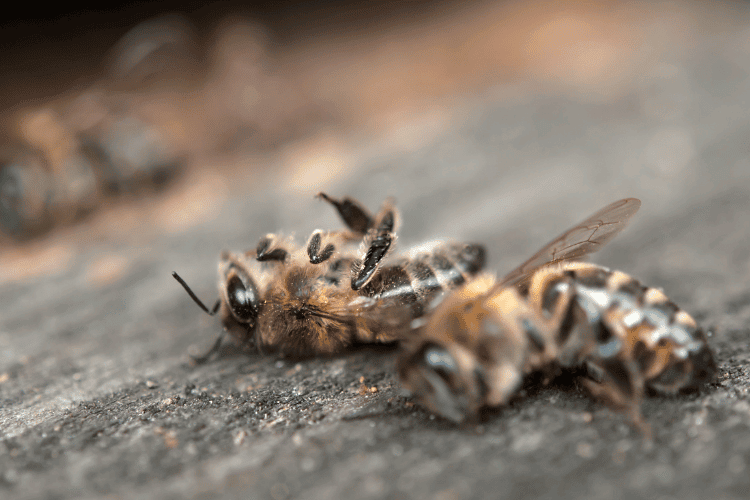
Can You Use Chlorine Beach to Clean Bee Hives and Equipment?
Of course! You can use bleach to sterilize apidea frames and wooden boxes.
Using a hive tool, scrape off beeswax and propolis from the hives. You can scrub metal equipment like bee smokers with a washing soda solution.
Afterward, spray diluted bleach on hive surfaces and rub it with a clean rag. For plastic hives, give them a thorough soak in 5-6% sodium hypochlorite.
Since hive tools can spread diseases between colonies, don’t forget to disinfect them between visits to different hives.
Let everything dry out under the sun so the wood doesn’t soak up too much moisture. This will also prevent your metal tools from rusting.
A thorough airing will remove most of the bleach smell while the sun further disinfects with UV light.
How to Keep Bees Away Without Killing Them
Many people have bee allergies; in rare cases, a bee sting could even be life-threatening. Some might not know they’re allergic until they end up in the emergency room after a painful encounter with bees.
Plus, a few species behave like pests, like carpenter bees. They may not cause as much damage as termites, but they can still mess up wooden structures.
The females burrow into wood to lay eggs or set up shop in existing tunnels. They can return to the same wood year after year, leaving your wood riddled with holes.
As alternatives to bleach, check out some humane methods to drive bees away without causing them harm:
1. Smoke
Bees use scents to forage, and strong, unnatural scents can disrupt their sense of smell.
When there’s danger, bees release pheromones to alert the rest of the gang. Smoking a bee nest messes with their ability to pick up those alarms.
Smoke also tricks the bees into thinking there’s a forest fire. The bees go into survival mode and start loading up on honey to prepare for the move.
All that honey makes them too groggy and sluggish to attack.
2. Cinnamon
Bees aren’t huge fans of the strong smell of cinnamon.
So, grab several cinnamon sticks and scatter them around your yard. Or, you can sprinkle cinnamon powder in areas where they like to hang out.
To give those bees a real nudge, place cinnamon bark as close to the hive as possible.
3. Aromatic Plants
There are a few strong-smelling plants that bees can’t stand. If you want to keep bees away, consider planting these gems in your garden:
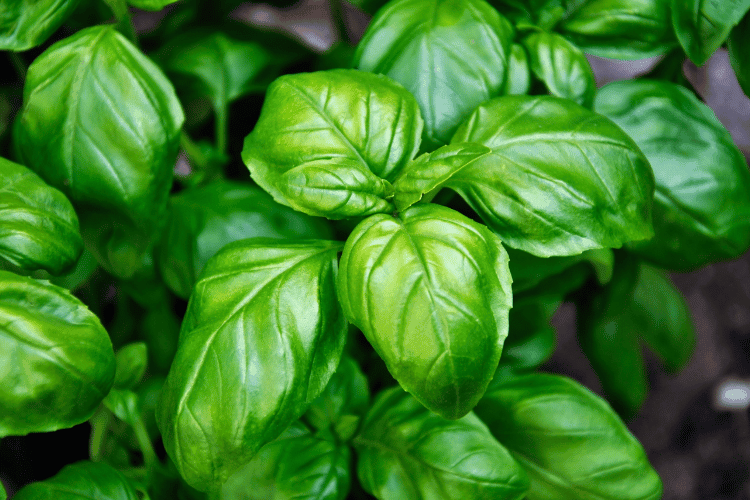
- Basil
- Citronella
- Cucumber
- Eucalyptus
- Lavender
- Lemongrass
- Marigold
- Mint
Aside from fending off bees, these aromatic plants can fill your space with delightful scents. And guess what? You can even use the herbs to spice up your cooking or whip up refreshing drinks.
4. Call an Expert
For more challenging situations, seek professional help. A beekeeper can remove the honeycombs from your place without upsetting the females.
Unlike pest controllers, beekeepers want to keep bee colonies safe and healthy.
Wrapping Up
So, does bleach kill bees?
Liquid bleach isn’t potent enough to wipe out bee populations unless you drown them in it.
If you prefer a natural remedy, you can find alternatives in this guide to getting rid of bees without hurting them.
Just remember to wear a beekeeping suit or protective clothing to shield yourself from painful stings.
- Will Robber Bees Kill the Queen? & How to Prevent This? - April 30, 2024
- Does Bleach Kill Bees? - April 23, 2024
- How Do I Get Rid of Ants Without Harming Bees? - April 16, 2024

